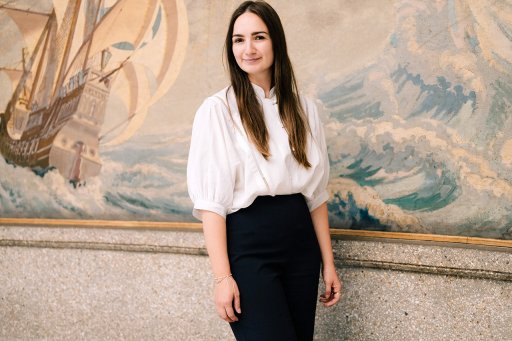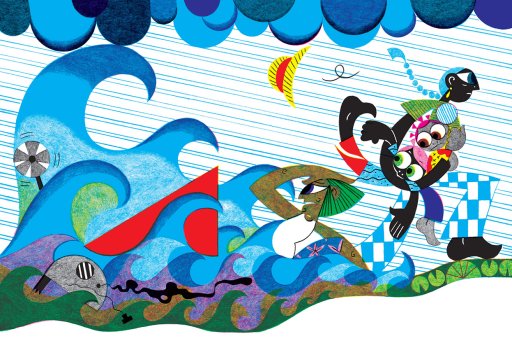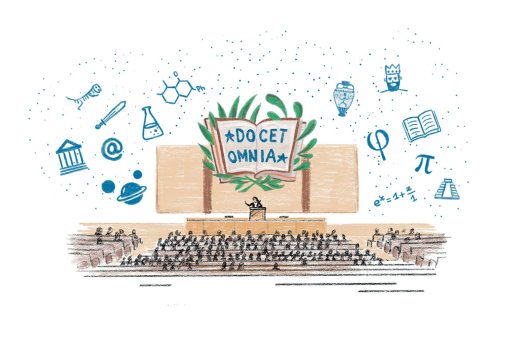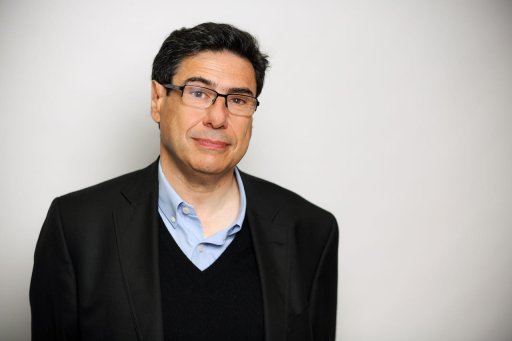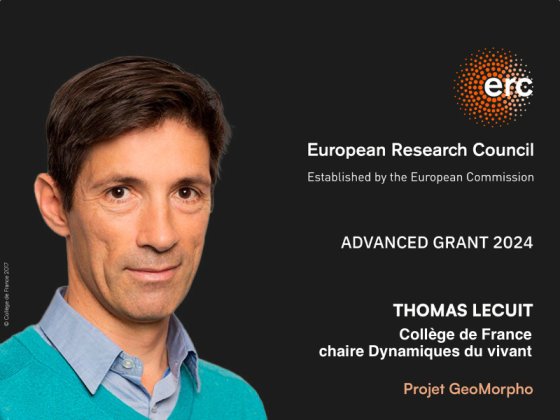
The results of the " ERC Advanced Grant 2024 " call have just been published. Thomas Lecuit, Dynamics of Living SystemsProfessor , is the winner of the GeoMorpho project " Constraints and geometric feedbacks during morphogenesis ".
During development, cellular movements and changes in shape give rise to complex architectures. What principles ensure the fidelity of morphogenesis ? Until now, research has focused on the role of genes and local mechanics in cellular changes and tissue morphogenesis. However, the geometric properties of tissues (size, dimensionality, curvature, overall shape) and their physical constraints are now emerging as long-neglected key elements in this process.
This interdisciplinary project will elucidate how geometry and its feedbacks influence cell mechanics and contribute to morphogenesis. The interaction between geometry and active mechanochemical processes will be studied in two systems where physical limits guide morphogenesis. In the Drosophila embryo, polarized tissue flow and a morphogenetic wave of invagination depend on interactions with the yolk membrane surrounding the embryo. This envelope imposes a curvature, serves as a rigid adhesive substrate, and confines the diffusion of molecules into the extraembryonic fluid.
During pupal metamorphosis1, wing formation involves spectacular tissue expansion within a rigid pupal sac, forcing complex packaging while preserving the flatness of the adult wing. The dynamics of tissue flow, expansion and folding under stress remain to be characterized. These two systems share similarities : 3D deformations driven by active internal constraints and rigid external boundaries.
The aim of this project is to decipher :
- The mechanochemical processes responsible for tissue deformation.
- The impact of geometric constraints on cellular and tissue mechanics.
The project will reveal how tissue shape influences the mechanisms that generate that shape.
[1] Intermediate stage between larva and adult.



